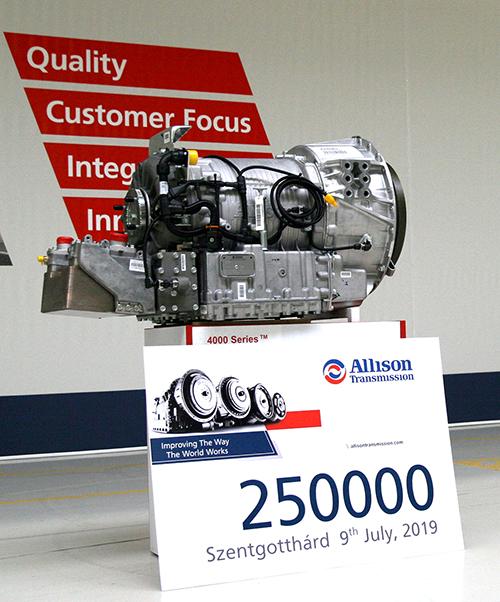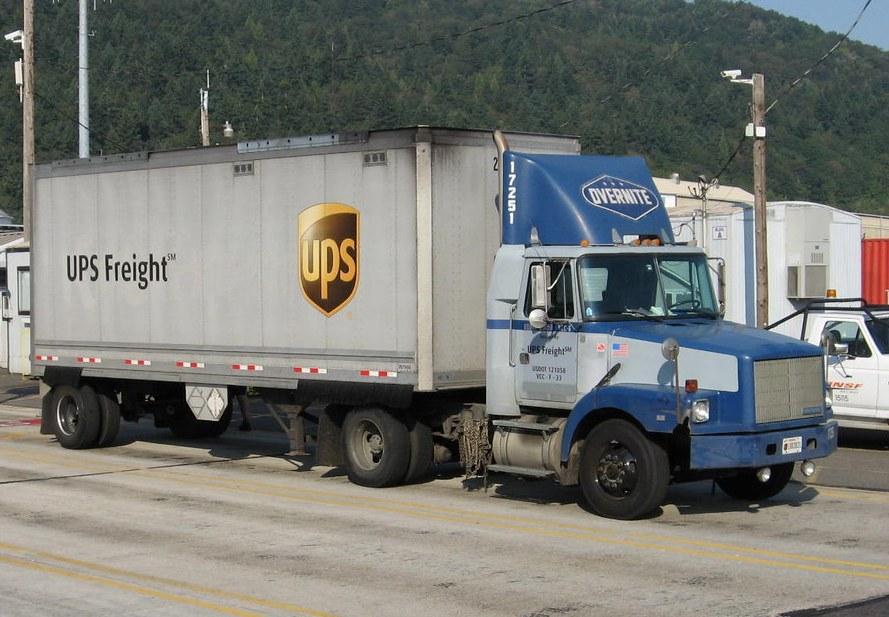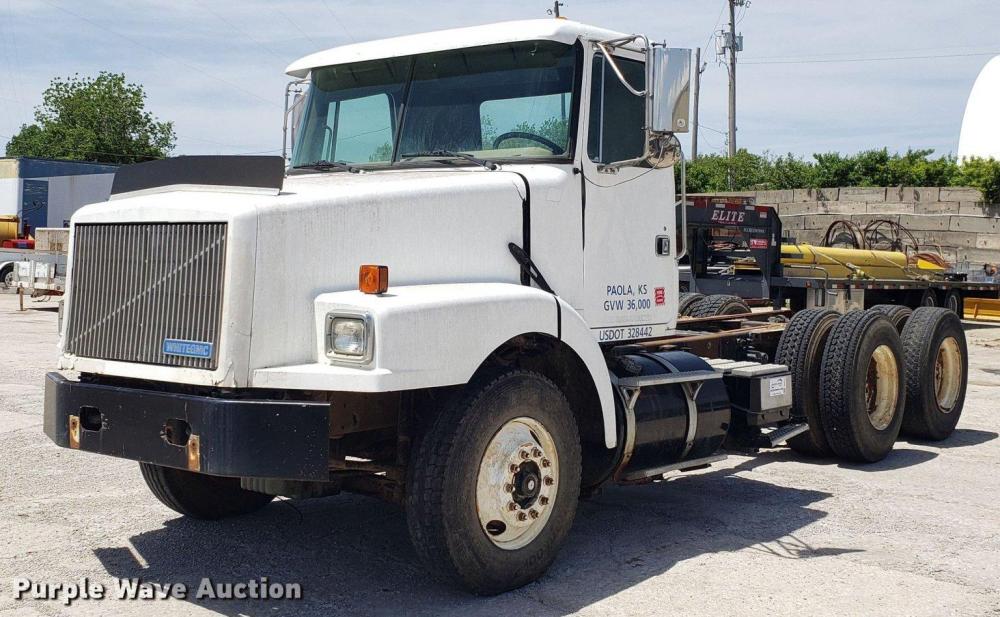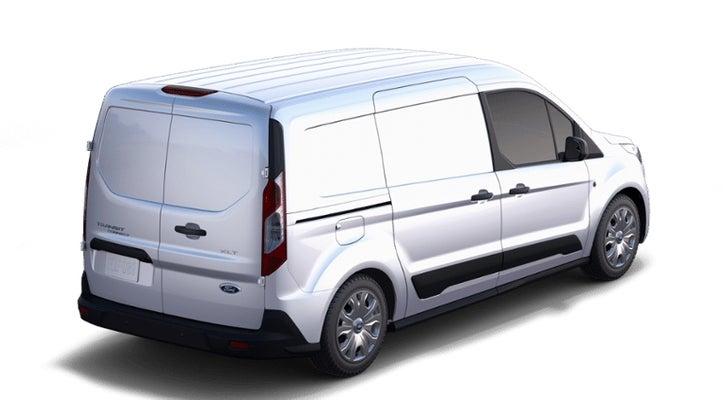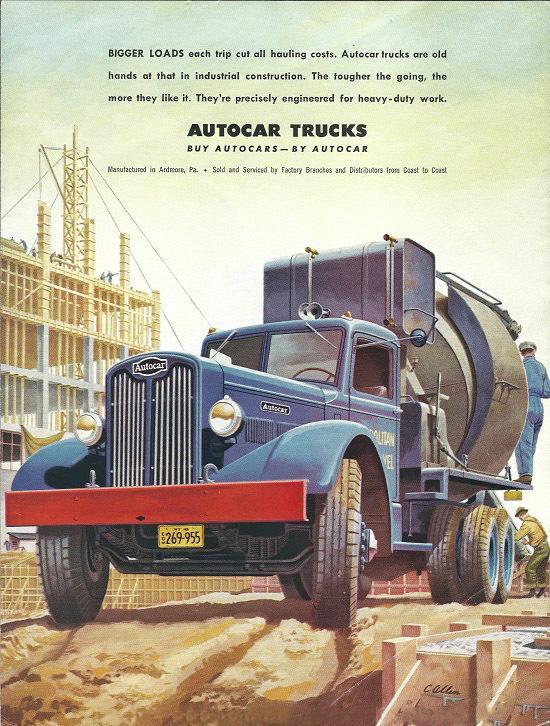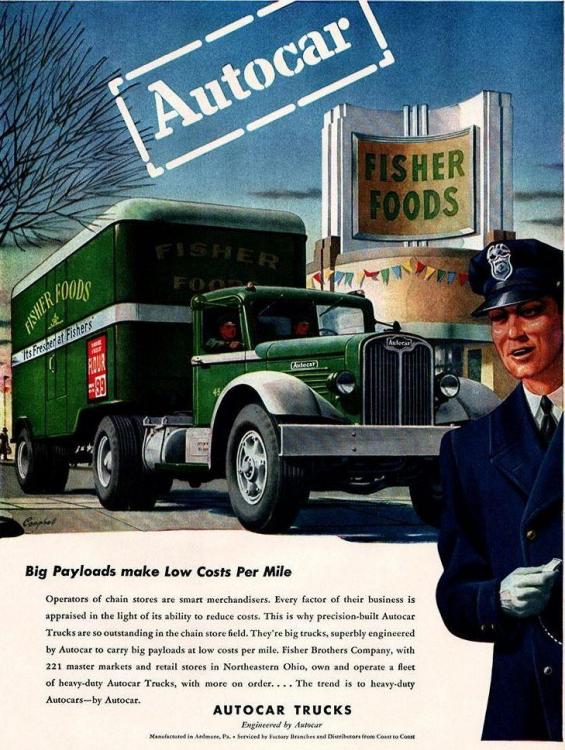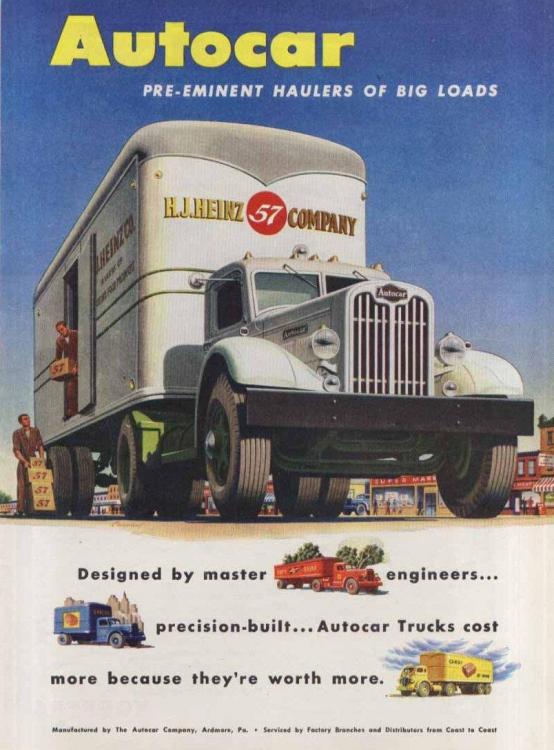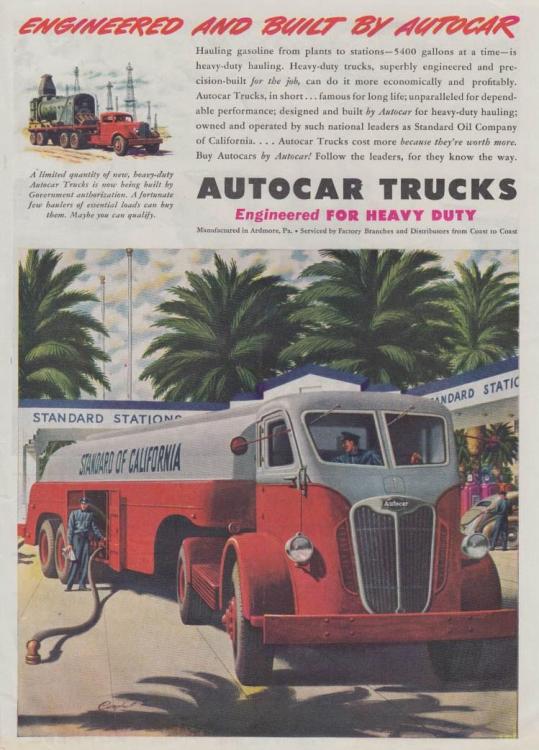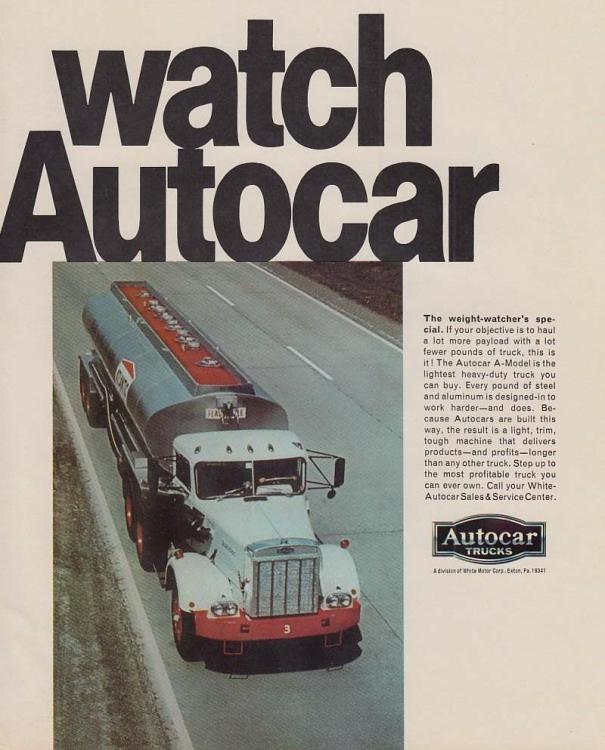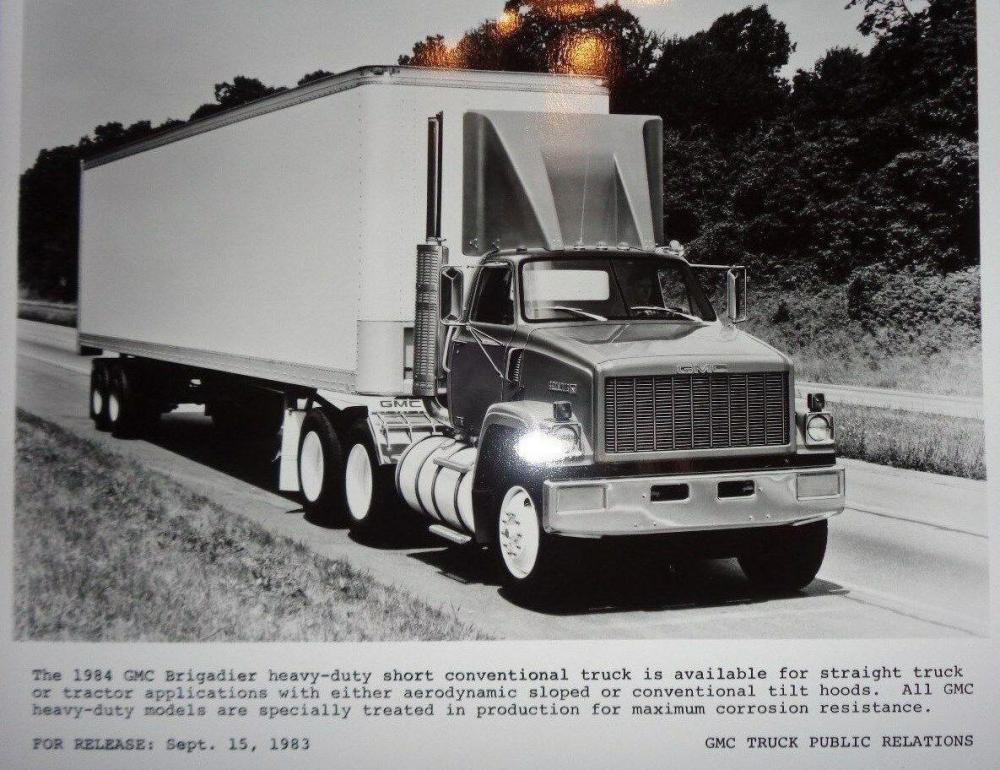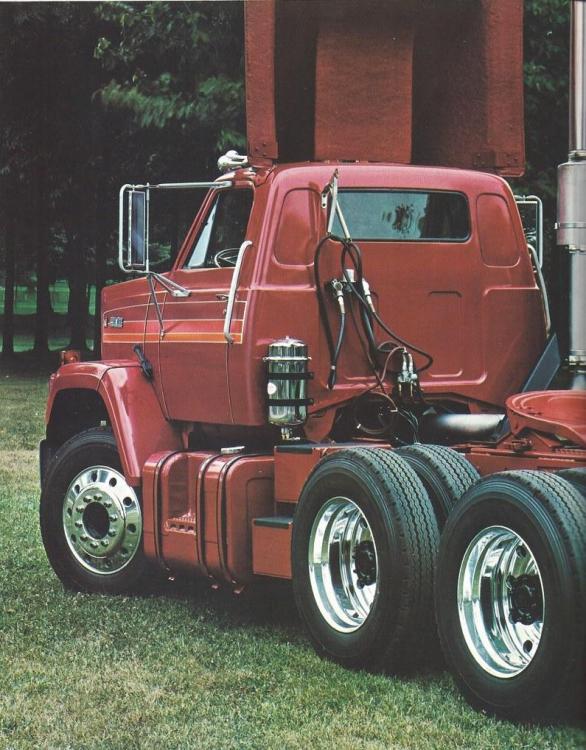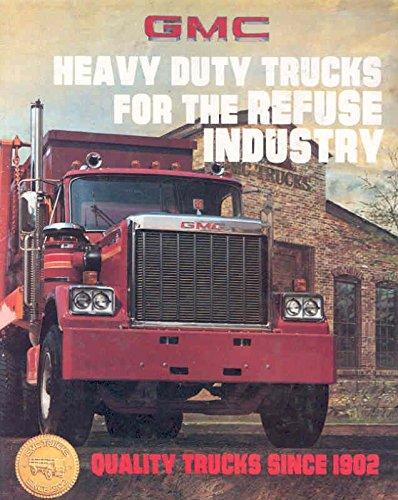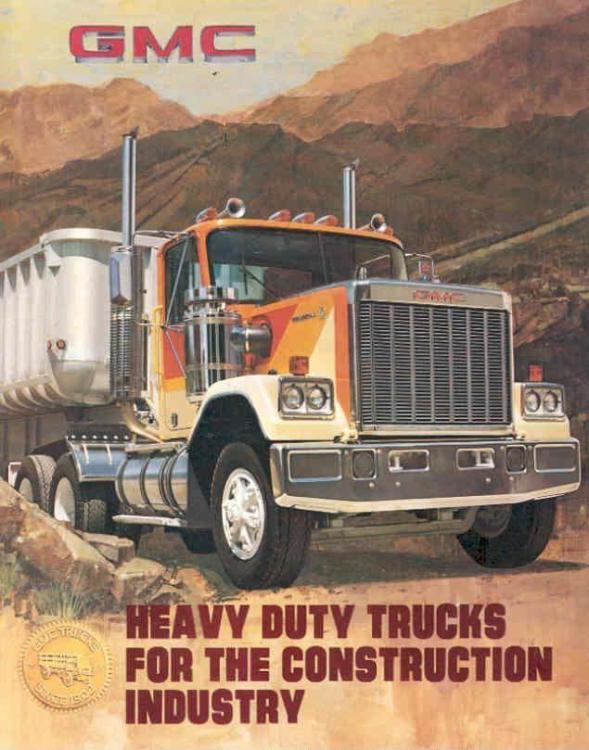
kscarbel2
Moderator-
Posts
18,544 -
Joined
-
Days Won
112
Content Type
Profiles
Forums
Gallery
Events
Blogs
BMT Wiki
Collections
Store
Everything posted by kscarbel2
-
Ford Trucks Russia Press Release / July 8, 2019 On July 2, 2019, the "Ford Trucks Day" event took place in the eastern Russian city of Krasnoyarsk. Guests were able to appreciate the new Ford Trucks F-MAX tractor and Ford Trucks 4142D truck. Ford Trucks official website in Russia: https://fordtrucks.ru/ .
-
The Super Brigadier, by GM Latin America
kscarbel2 replied to kscarbel2's topic in Other Truck Makes
-
The Super Brigadier, by GM Latin America
kscarbel2 replied to kscarbel2's topic in Other Truck Makes
-
The BDSL181 6-speed was/is an excellent all-around transmission.
-
Pulling a trailer with an MS300T equipped with the fully synchronized BDSL2052R 10-speed splitter transmission was a lot of fun.
-
Allison Transmission Press Release / July 10, 2019 Quarter of a million fully automatic transmissions have been assembled by Allison Transmission Hungary Szentgotthárd (Hungary) July 9., 2019 – Allison Transmission’s location in Szentgotthárd, Hungary is pleased to celebrate the assembly of its 250,000th fully automatic transmission. The product itself is a Series 4000 Torqmatic model, which will soon be delivered to Van Hool, a leading bus, coach and industrial vehicle manufacturer from Belgium. "We congratulate Allison Transmission on achieving this milestone. The 250,000th transmission from the Hungary plant will be fitted to a Van Hool EX, the European range of touring cars that is built in our state-of-the-art production facility in Skopje, Macedonia. We have been offering Allison fully automatic transmissions on the Van Hool TX, TDX and EX coaches since 2015 and year on year, the proportion of Allison-equipped vehicles sold has increased. It’s a popular choice for Van Hool customers who appreciate a comfortable ride, less maintenance and positive driver feedback." – said Filip Van Hool, CEO of the company. In order to commemorate the occasion, Allison employees and supplier employees, joined together to celebrate their significant success over the past 19 years of assembling transmissions in Hungary. “It makes me proud to think on the fact, that there are quarter of a million transmissions working in different applications all around the world, which were assembled here in Szentgotthárd, by this small, but devoted team,” said Peter Rezsnyak, Plant Manager of Allison Transmission Hungary. Outside of North America, Allison Transmission has production facilities in India and in Hungary. The plant in Hungary, which is located on the western boarder of the country in the city of Szentgotthárd, produces Series 3000 and 4000 transmissions to be distributed to worldwide OEMs. The plant, which started operation in 2000, then part of General Motors, moved to its own, newly built modern facilities in 2011. Initially the plant assembled Series 3000 transmissions, which was expanded with Series 4000 products in 2005. Since moving to the new facility in 2011, they had enough space to expand activity with the “customization center” – where specialists prepare the transmissions for the actual applications. The plant applies all Allison production processes to be able to provide the most reliable and valued propulsion systems in the world, to enable the company’s customers to work more efficiently. Additionally, in 2012, the Allison Customer Experience Center & Drive Track (ACE) was opened in Szentgotthárd. At this 15-acre (6-hectare) campus, customers can learn about Allison - our company, our products and technology - while personally experiencing the performance of our fully automatic transmissions. At ACE both on- and off-highway vehicles can be driven and demonstrated, allowing customers to evaluate the benefits of an Allison automatic in varying and demanding conditions and right from the driver’s seat. .
-
The Preston Aero – How to make a Brigadier slice through the wind
kscarbel2 replied to kscarbel's topic in Other Truck Makes
-
Iacocca proved you can come from the streets of Allentown and change the world. Who will do it next? Tony Iannelli, The Morning Call / July 10, 2019 With the recent passing of Allentown icon Lee Iacocca, I was struck by the impact an entrepreneur can make on a city, a country, a world. You see, Lido, as my dad liked to call him, spent his childhood in typical early 20th century humble beginnings, the same neighborhood my dad grew up in. Around Seventh and Allen streets in downtown Allentown, it was the kind of neighborhood filled with hard-working parents hoping their children would have a better life than their post-war, post-Depression world. Life wasn’t about fun or leisure in the 1930s, ’40s and ’50s, it was about survival. It was about hustling a living with little or no safety net. Your security came from family who propped you up or took you in if you were “down on your luck” as they used to say. Don’t get me wrong, families had good times. They had weddings and baptisms in the variety of clubs downtown. There was the Italian club, the Hungarian club, Hogan Social Club and the many others that the various ethnic communities developed. Families gathered and ate, drank and shared their dreams of a better life. The summer provided time for families to enjoy the parks that Allentown entrepreneur Gen. Harry Trexler graciously donated so residents of Allentown would have great places to take their leisure during the summer months. Talk about an entrepreneur legacy. I got to thinking about neighborhoods and how they affect a city and create its next generation of leaders. My parents dreamed of raising a family in west Allentown, but what they may not have realized was the lasting impact it would have on my own life. There were the highly principled Pennsylvania German influences, the Wildongers and Mrs. Baer. Mr. Wildonger, or “Tootie” as he was known, was a teacher and coach at Allen High. Although he was always friendly with some bit of advice for me, I was on my best behavior given his status in the community in my mind. After all, I was ultimately going to attend Allen High. There were the Epstein, Schneider and Hertz families, entrepreneurial types who took a chance on a business idea, worked it with a vengeance and made a living as a result. They were hard-working Jewish families who took me to their businesses and showed me not only kindness but also what a successful company looked like and how determination could lead to success. They also fed me my first, heavenly tasting bagels with cream cheese. A great memory a not-so-well-traveled Irish-Italian boy will never forget. There was the Krysinski family who would sing “Hey Tony from sunny Italy” every time I entered the house. I never took offense; I knew by the places they took me in their kid-filled station wagon and the Polish food they fed me that all was good. After all, it was about being a neighbor. I could go on but, let’s just say that besides the love of family, it’s the neighbors who watched over us, the teachers and police officers who redirected us and the clergy who told us of God’s love who shape us into the people we are today. You see, in many ways it does take a village. And it takes a person to be open to and decipher the lessons told and embrace personal development in our toughest times. So, next time you drive down Seventh Street and see the rejuvenation, remember that’s the same street Lee Iacocca grew up on. The Lee Iacocca who rejuvenated Ford by creating the Mustang, bailed out Chrysler and made the minivan the savior of the American auto industry. Who raised millions of dollars to restore Ellis Island out of his love for a place where his ancestors arrived. An entrepreneur that employed tens of thousands and affected the national and global economy. I know in my heart some young boy or girl is walking those same streets, attending those same schools and living maybe not the same, but for sure real, life challenges. I also know that with a good dose of family love, community support, tenacious focus and a lot of luck he or she will be the next entrepreneur who will change their city, maybe even their country. It can be done and previous generations proved it. .
-
Kenworth to replace W900 with new W990 in 2020
kscarbel2 replied to kscarbel2's topic in Trucking News
-
No Mid-Liner ever rode "awful". I've driven them all......in every configuration. One of our best trucks of all time.
-
Bob, they never gave it a chance......and nobody was promoting it. Look at Ford U.S. now (sarcasm on my part).
-
Ford kills diesel engine in Transit Connect because of low demand Michael Martinez, Automotive News / July 10, 2019 Ford Motor Co. has canceled plans to add a diesel engine option to its Transit Connect small van, citing lack of demand. The automaker had made the new 1.5-liter EcoBlue diesel, available on vehicles overseas, a highlight of the freshened 2019 cargo and wagon versions of the Transit Connect. It was to have gone on sale last fall but never materialized. The engine would have been sourced from the company's Dagenham Engine Plant in Europe, although the location was not a factor in its decision, a spokeswoman said. The plant will still produce those engines for other Ford vehicles. Ford last year touted the engine's fuel economy, saying it expected to get 30 mpg in highway driving. A spokeswoman on Wednesday noted the vehicle's 2.0-liter gasoline engine gets best-in-class highway and combined fuel-economy ratings, and the highest overall fuel-economy ratings among small vans in the U.S. It's rated at 24 mpg city/29 highway/26 combined. Ford on Wednesday also said it was scrapping the short-wheelbase version of the Transit Connect Wagon. The news was first reported by Car and Driver.
-
The Bostrom Viking T-Bar wasn't a bad seat at all.
-
-
If I was king for a day, I’d bring the twin-steer tipper and mixer configuration to the states, as well as Chinese Six twin-steer 6x2 tractors.
-
Scania Group Press Release / July 8, 2019 At the Scania dealership in Gliwice, just outside Katowice in southwestern Poland, there is one truck that stands out among the rest. It’s not a new generation S-series or a tricked-out show truck, but a pristinely restored 1971 L85 Super with 202 horsepower under the bonnet. The truck is the pride and joy – and perhaps sweat and tears – of Scania service technician Paweł Filipczyk, a 10-year veteran of the Gliwice workshop, who estimates that he’s put 1,500 hours into the truck’s restoration. .
-
The Preston Aero – How to make a Brigadier slice through the wind
kscarbel2 replied to kscarbel's topic in Other Truck Makes
-
The Preston Aero – How to make a Brigadier slice through the wind
kscarbel2 replied to kscarbel's topic in Other Truck Makes
I would imagine the Cummins L10 was the lead engine, though the 3208 had been offered. -
The Preston Aero – How to make a Brigadier slice through the wind
kscarbel2 replied to kscarbel's topic in Other Truck Makes
I remember when GMC announced they were going to offer a lighter Brigadier with an even lower hood slope.......and this is an example of that truck. -
I'm reading the rear axle of the T-234 was a Timken full-floating single-speed double reduction unit with an 8.4 ratio. The transmission was a Clark direct drive five-speed with a 7.58 first gear, and 6.10 reverse gear. Curb weight 9,910lb GVW (GVM) 20,000lb (I'm sure that was routinely exceeded) http://imageevent.com/vc40wc41/burmadogetrucks?p=2&b=-1&m=14&c=2&w=1&s=1&n=1&l=0&z=9
-
FreightWaves / July 8, 2019 Navistar is recalling 209 International HV severe-duty trucks because a lack of lubrication in the wheel hub assembly could lead a wheel to separate from the axle. Navistar said it knows of two cases where a wheel came off the axle of a 2020 HV model. It did not report any related crashes or injuries. The truck maker said 1 percent of the recalled trucks could have the condition. Supplier Meritor is responsible for the issue. Daimler Trucks North America has 1,040 trucks affected by defect notice 19E-036 filed by Meritor in May for its MX14-120 EVO axle assemblies. The affected assemblies were built from Dec. 31, 2018 through May 13 at its Laurinburg, North Carolina facility. Assembling the axle without oil in the wheel end can result in the bearings overheating. That can lead to damage and/or seizing of bearings and plastic deformation of components. Eventually, the wheel end can separate from the axle, leading to a crash. Meritor allowed some axle assemblies to leave a North Carolina plant with insufficient lubrication. A driver may hear an unusual noise or feel vibration or pulling of the steering wheel, Meritor said. Navistar said a driver also might see smoke from the underside of the vehicle. Navistar dealers will inspect and repair the trucks for free. Letters to customers were mailed in mid-June. The National Highway Traffic Safety Administration (NHTSA) recall number is 19V-422. The NHTSA has not yet listed a Daimler Trucks recall for the issue. https://www.meritor.com/en/products/axles/front-drive/mx-120-140-160
-
Agreed. For my understanding, it wasn't until 1960-1961 with the LCF and D-Series that they had medium-heavy and heavy trucks, and that was the result of George Sztykiel. https://www.bigmacktrucks.com/topic/55563-dodge-bighorn/?page=2&tab=comments#comment-416716
-
Jim Park, Today's Trucking / July 3, 2019 Global automotive supplier, ZF, has demonstrated some entry-level autonomous vehicle technology. In a staged scenario that took place at the Transportation Research Center near Columbus, Ohio, a Class 8 truck followed a series of GPS coordinates to navigate within a truck terminal. Equipment editor Jim Park went along for a ride with ZF technical specialist, Ananda Pandy. .
BigMackTrucks.com
BigMackTrucks.com is a support forum for antique, classic and modern Mack Trucks! The forum is owned and maintained by Watt's Truck Center, Inc. an independent, full service Mack dealer. The forums are not affiliated with Mack Trucks, Inc.
Our Vendors and Advertisers
Thank you for your support!


1.thumb.jpg.f35643f4dac670e908329d4fc4f2ac86.jpg)
2.thumb.jpg.5452c03a3c2af3668962209c3959578a.jpg)
3.thumb.jpg.74251000ba51f8199b9ec0a2f4462750.jpg)
4.thumb.jpg.a0719986444f35625031f777dcda6aa3.jpg)
5.thumb.jpg.142ead6f0c4b21aa905fba9561a5a540.jpg)
6.jpg.8393d0fdbbdd51fd9709592208783b5c.jpg)
7.thumb.jpg.ec8bd614beb0e4b7980a49c1b8829448.jpg)
8.jpeg.59571165b2b8590ec3b3d8b98086f429.jpeg)

.jpg.c346ac906cfb3baf27c843f6a2788a33.jpg)
.jpg.021cb589565d5a72a1e40638d1f7b21d.jpg)
.jpg.b8e9b28465d24945e00514c28920d132.jpg)
.jpg.ff2dcff4db14d67ba840e9c679d64bf4.jpg)
.thumb.jpg.b335f4251ff5e14838ed151286deae90.jpg)
.jpg.092cea123c988d98fa7c821121acb82c.jpg)
.jpg.f8dc01f7c213df6e36b2f9162ad0a1f8.jpg)
.jpg.115c06cf116ae7917d5e1fe3dd2e1ff8.jpg)
.jpg.95032d0a0c0ff4e1ad4a36ba58355098.jpg)
